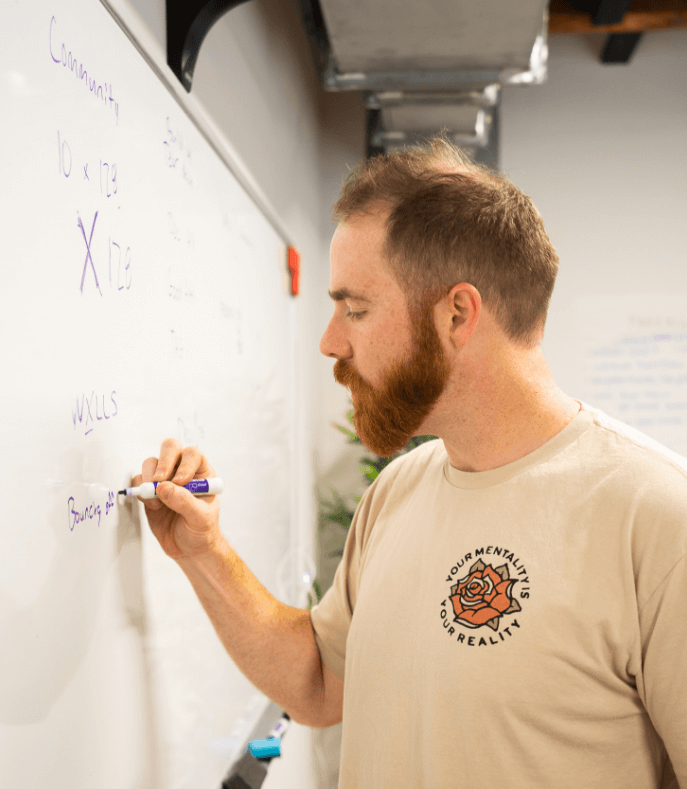ThreeSixtyEight is a B-Corp creative agency that helps purpose-led organizations tell their story and amplify their impact.
We build brands and digital products that help our clients accomplish their vision for an uncommon future.
What's your problem?
Our online presence doesn’t reflect who we really are. Our website needs an upgrade.
We've got this
Friction in our customer experience is holding us back from growth.
We've got this
What we do is complicated, and we struggle to make it make sense for our customers.
We've got this
We feel like we know who we are, but don’t know how to tell our story to the world.
We've got this
Scroll
for more

We build brands and digital products that help our clients accomplish their vision for an uncommon future.
proudly
partnering
with
































Hot off the press